Este post também está disponível em:
Português
English
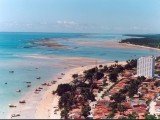
Natural pools and the sea with few waves form the beach scene of São José da Coroa Grande in the south of Pernambuco.
São José da Coroa Grande is a municipality in the south coast of Pernambuco, in Brazil. It is located 123km from the capital of Pernambuco, Recife.
Hidden in the so-called Golden Coast of Pernambuco, the little town of São José da Coroa Grande is halfway between Recife and Alagoas.
The coral formations that border the beaches form natural pools of transparent waters, perfect for swimming, rafting or practicing activities such as diving and kayaking.
São José da Coroa Grande is the last town in Pernambuco towards the south, the smallest beach and the most populated.
Surrounded by natural pools, the city has its name inspired by the crowns that emerge at low tides on the sand banks between the seashore and the corals.
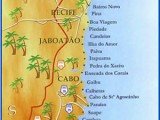
São José da Coroa Grande was part of the municipality of Barreiros in 1901.
In 1938 it was renamed Puiraçu, returning later to the old name of São José da Coroa Grande. It was constituted an autonomous municipality on April 11, 1962.
Annually, on April 11, São José da Coroa Grande celebrates its political emancipation, the patron saint of the city is São José.
With the Districts Várzea do Una and Abreu do Uma and Engenhos Pau Amarelo, Boa Vista, Gindhy, Boca da Mata, Campinas, Mundo Novo, Morim, Arassú, Serra D’Água, Tentugal, Queimadas, Brejão and Manguinhos, together with Fazenda São Francisco.
Located in the Zona da Mata Sul, 123 km from Recife, São José da Coroa Grande has tourism as its main economic activity. With beautiful beaches and an expanding hotel sector, the resort is frequented by tourists from various parts of Brazil.
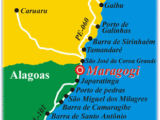
Agriculture is also a strong economic factor with the cultivation of sugar cane, sweet potatoes, bananas, coconut and cassava. Artisanal fishing has potential for development.
Those who visit São José da Coroa Grande feel privileged by the beauty of its sea.
And by the receptivity of the population. The beach, with its natural pools, is one of the favorite places for tourists.
For those who like to dive, the sea of São José has clear waters, with colorful fish that eat in the hands of bathers. Even at high tide, the waters are always calm, ideal for sailing.
Another option is Várzea do Una, with beautiful landscapes. When you get there, a good choice is to taste a crab or a stew of aratú.
Video about São José da Coroa Grande in Pernambuco
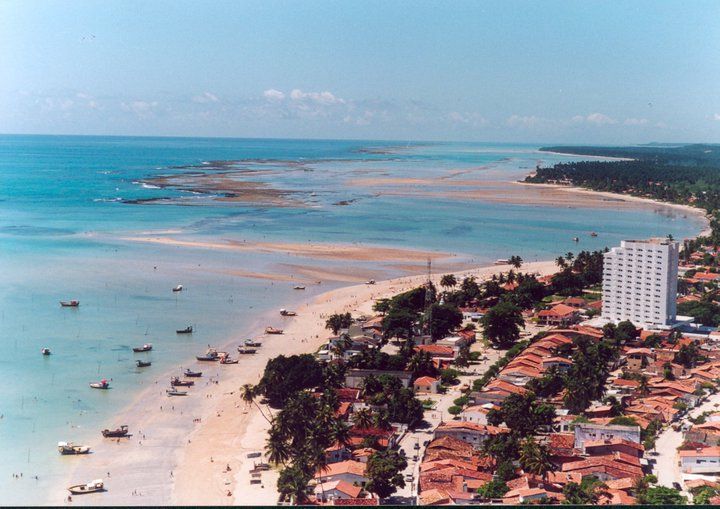

São José da Coroa Grande
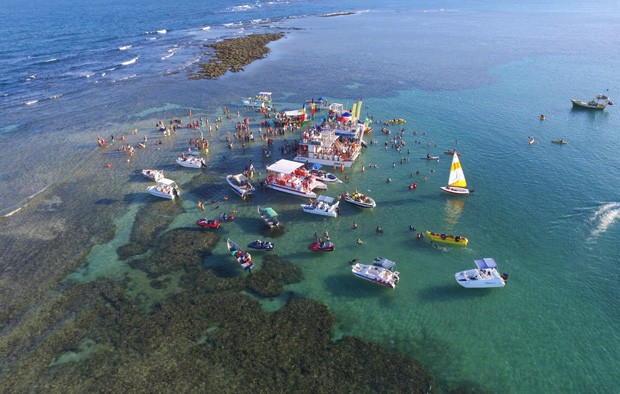
São José da Coroa Grande - Drone
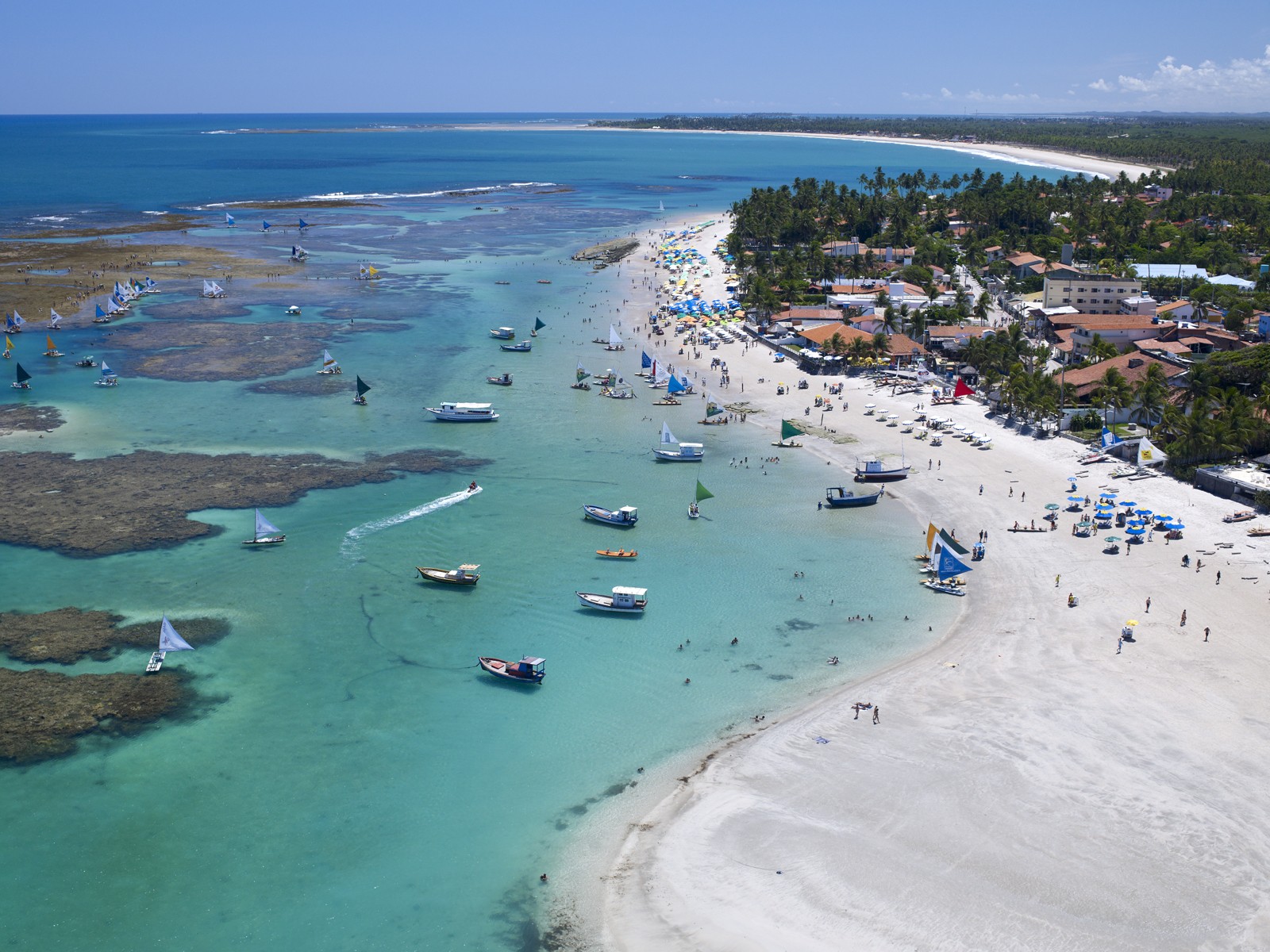
São José da Coroa Grande PE - Guia de Turismo04:22
Tourist Spots of São José da Coroa Grande
The municipality of São José da Coroa Grande has 9.9 km of waterfront, where sandy beaches predominate (Várzea do Una Beach, Gravatá Beach and Coroa Grande Beach), as well as numerous natural pools.
Gravatá Beach, Várzea do Una Beach and Coroa Grande Beach
The coral formations that border the beaches form natural pools of transparent waters, perfect for swimming, rafting or practicing activities such as diving and kayaking.
Surfing fans, however, are also present in the region.
The beach of the village of Várzea do Una offers good waves and often serves as the setting for regional championships of the sport. Hiking and rallying enthusiasts will find trails in the vicinity of the same beach.
Some stretches cut through mills and farms, revealing varied landscapes.
Gravatá beach is located in the district of Abreu do Una, where at the time it connected Barreiros to Vila do Gravatá, through which sugar was transported from the Central Barreiros Mill to the Port of Gravatá by locomotive.
The port was built of wood where the barges that transported sugar to Recife and from there to Rio de Janeiro anchored.
Church of São Benedito
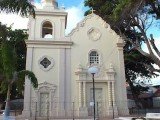
In 1961 it was demolished by the mill master known in the vicinity by Otávio and rebuilt higher up a new chapel in honor of St. John the Baptist.
In the locality there was a very popular festival, which was the feast of kings, because it was traditional and everyone celebrated a lot. The church of Abreu was a mill chapel, made by the owner of the mill in the 20s of the last century.
Una Museum
The village also houses the Una Museum, with a collection of maps, nautical charts and local handicrafts. The village also offers boat trips through the mangroves, forrós on weekends and stalls that whimper in recipes based on shrimp, crab, octopus, crab and aratu.
The museum is located in the district of Vázea do Una in São José da Coroa Grande – PE, founded on April 22, 2000 by Bertrando Bernardino, with the aim of serving as a shelter and preservation of regional culture and the environment. Inside the museum of Una, we find the moon fish, one of the two specimens exhibited in Brazil, the other is in São Paulo.
Engenho Morim
The property is located about 6 km from PE 060. Engenho Morim was founded in the 18th century by the Baroness of Gindahy.
The existing constructions include the big house, stable, carrapaticide bathroom, manure house, mill and residents’ houses, which retain the original architectural lines. The ruins of the chapel, opposite the big house, can also be seen.
In 2003, it was sold to Diógenes de Oliveira Paes Barreto and José Lourenço de Oliveira Neto, the current owners of the property.
Natural pools of São José da Coroa Grande



















